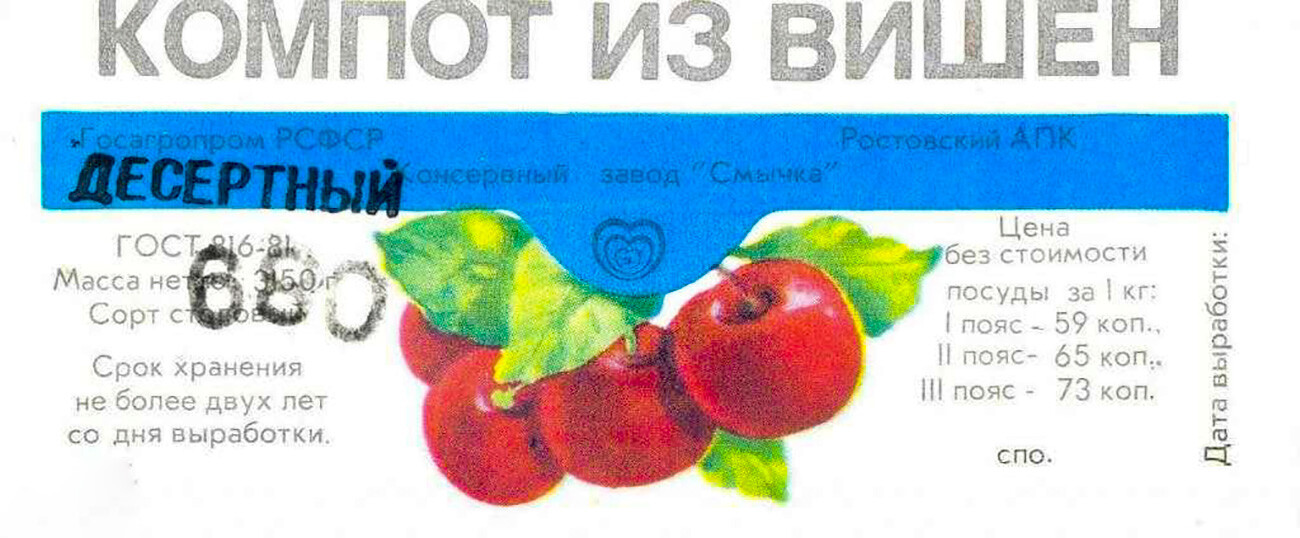Price zones: Why were they needed in the USSR?

The economy of the Soviet Union was planned, not market-based. Prices for everything were fixed, calculated years in advance. The cost of goods was written right on the packaging. However, a number of products had not one, but three prices! Each for a certain region. Why is that?
‘Price belts’
 This is how the "price belts" looked like.
This is how the "price belts" looked like.
The Soviet Union was the largest country in the world and, in order to distribute the costs of transporting goods, in 1935, they introduced the concept of ‘tsenovye poyasa’ (‘price belts’ aka price zones). First, for confectionery and then for other goods. The closer the place of sale was to the place of production, the lower the price.
 Store of a state farm in the Kazakh SSR.
Store of a state farm in the Kazakh SSR.
The first zone included union republics (Uzbek SSR, Kyrgyz SSR, Lithuanian SSR, Estonian SSR, Latvian SSR and others), as well as closed cities. It was there that the prices were minimum.
The second zone was the most part of the country, including Moscow, Moscow Region and Leningrad (now St. Petersburg).
 Moscow store #31.
Moscow store #31.
The third zone included all the regions of the Far North, where it was difficult and expensive to deliver goods. At the same time, residents of these areas had so-called “northern bonuses” to their salaries.
 Store in the town of Naryan-Mar above the Arctic Circle.
Store in the town of Naryan-Mar above the Arctic Circle.
Prices, as a rule, differed by a few kopecks, but, on a national scale, it allowed the state to save substantial sums.
For example, a pack of sugar in the first zone cost 47 kopecks, in the second – 52 kopecks, in the third – 57 kopecks.
 A pack of sugar.
A pack of sugar.
Another popular product was condensed milk. Residents of zones I and II could buy it for 55 kopecks and, in zone III, for 62 kopecks.

Sunflower oil, meanwhile, cost 1 ruble 5 kopecks, 1 ruble 10 kopecks and 1 ruble 15 kopecks, respectively.

And canned compote – 59, 65 and 73 kopecks.

What were the ‘belt’ prices for?
Zone (‘belt’) prices were not for all things and products. As a rule, they were set for sugar, salt, canned goods and large-sized goods that required large transportation costs. For example, furniture.
But, household appliances like a meat grinder, vacuum cleaner or hair dryer cost the same everywhere.
 Soviet hairdryer.
Soviet hairdryer.
Cosmetics, clothes and shoes, as well as tea and coffee also had an all-union price.
 Soviet powder costed 1 ruble.
Soviet powder costed 1 ruble.
But, dairy products, eggs and bread had either one or only two prices, since they were not supplied to other zones. This didn't mean that other regions didn't have ice cream or cheese, just that other producers' products were shipped there.
 A pack of eggs from the Soviet times.
A pack of eggs from the Soviet times.
Supply categories
In addition to zone prices, the USSR had four so-called “supply categories”: special, first, second and third. The special and first categories included Moscow, Leningrad, capitals of the Union republics and “closed” (secret) cities. The second included the main territory of the country, while the third included the regions of the Far North (Yakutia, Chukotka, Murmansk region and others).
 Rural store in the Tajik SSR.
Rural store in the Tajik SSR.
It turned out that although Moscow and Leningrad were more expensive than Riga and Tashkent, there were more goods there, including those in short supply. So, residents of other cities often went there to shop.
 Store in Moscow.
Store in Moscow.
After the collapse of the Soviet Union, the cost of goods became linked to free market economy principles of supply and demand, so, even today, prices can differ, even in neighboring stores.


